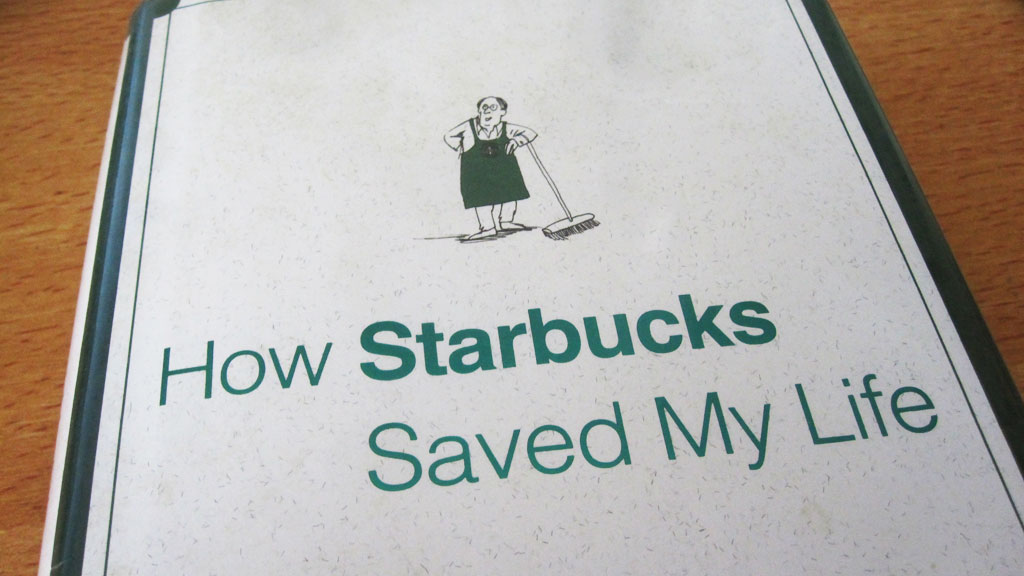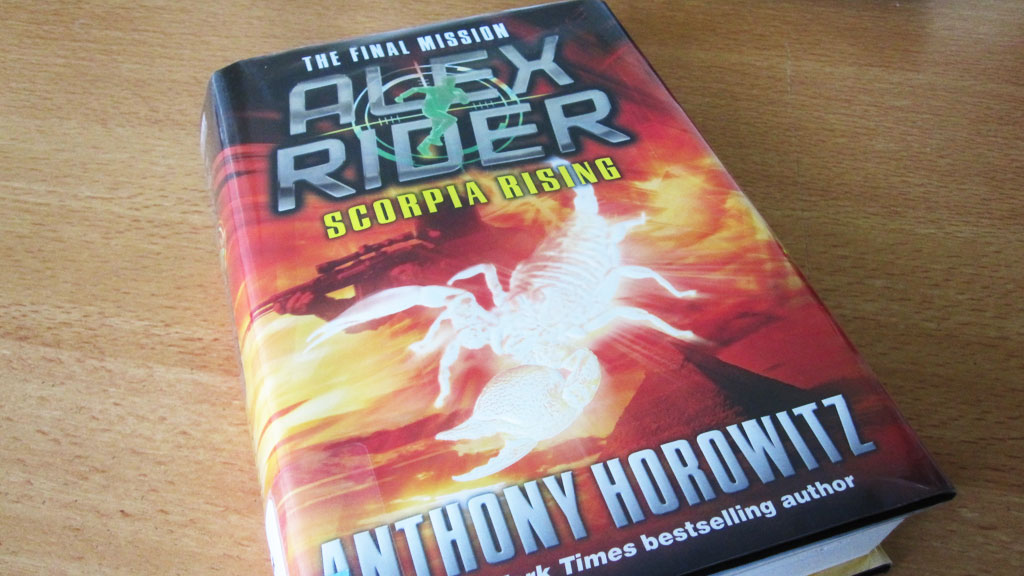Summary: “The Egg” by Sherwood Anderson is a story narrated by a young boy about the influence of eggs on his father. From before the narrator was born, his father worked at a chicken farm where he raised chickens from birth to death; he goes on to describe the depressing cycle of life and death that raising chickens involves. The narrator’s father seems to be an emotional, detail-oriented, and materialistic person, as he had the idiosyncrasy of saving the bodies of mutated chicks. The bulk of the story has a recount of an event where his father, unable to overcome his social awkwardness, made a fool of himself in front of a guest by trying too hard to impress him, and instead, failing all his egg-related tricks. “The Boarding House” by James Joyce features Mrs. Mooney, the former daughter of a butcher who was abused by her husband and left him to start a boarding house. While at the boarding house, she noticed a middle-aged man who was building a relationship with her daughter Polly. She did not intervene at first, but when the time came, she decided to speak with the man and demand that he follows through with marriage. At first, Polly is frightened, but eventually, has positive visions of her future. “Marriage a la Mode” by Katherine Mansfield tells a story of the couple William and Isabel. Isabel is dissatisfied with William because they lived in a small, stuffed-up house and had a nanny that was ruining their children. Isabel begins to think of William as dull, and says bad things about him with her friends. The following day, Isabel receives a letter from William that she shares with her friends, but then feels ashamed for doing so and decides to write a letter back to William later. “Cruel and Barbarous Treatment” by Mary McCarthy tells the story of a married woman who decides to engage in extramarital affairs. She demonstrates her skill of manipulating her husband, lover, and friends by calculating how others will perceive her. She also considers all the positive and negative consequences of each of her potential decisions. Eventually, she has a divorce with her husband and pursues a relationship with the Young Man to enhance her life. “A Spinster’s Tale” by Peter Taylor is narrated by Elizabeth, a woman who tells of the relationship she had with her brother and drunkard Mr. Speed. For Elizabeth, Mr. Speed was a curious and frightening character that she claimed she would eventually build the courage to confront. Later on in the recount, she explains that she has gotten more used to Mr. Speed with the encouragement of her father, but is still fearful. One day, Mr. Speed is accidently let into Elizabethâs house due to a case of mistaken identity, and Elizabeth reacts by calling the police. Impressions: When I first read through “The Egg” by Sherwood Anderson, I went through a series of emotions of confusion, depression, sympathy, and understanding – confusion as to the narrator’s father’s actions, depression as to the fact that he would choose to do such things, sympathy for his failures, and understanding after possibly identifying a reason for why everything happened as it did. This story reminded me about how someone’s emotions can severely affect how someone performs actions, and I drew the conclusion that this was most likely from what the narrator’s father was suffering. The narrator notes, “‘I have handled thousands of eggs,’ father said. ‘No one knows more about eggs than I do.'” This is a valid claim, as he spent his entire life working with chickens and eggs; however, his expertise in the field was severely impaired when he was trying too hard to what he was good at. I made a connection between this and the “golferâs error” story that I’ve heard frequently before, which says that even professional golfers will make elementary mistakes if they overanalyze their swinging technique, and should instead rely on muscle memory. Critical Analysis: When thinking about the narrator’s father throughout the piece, I was able to make consistent connections between him and individuals with autistic intelligence about whom I have learned in the past. (Note that autistic intelligence is not the equivalent of having autism; possessing autistic intelligence does not mean someone has autism, and not all types of autism are characterized by strong levels of autistic intelligence.) In the beginning of the story, the narrator’s father is illustrated as being satisfied as to how his life had turned out: “[He] himself went to bed, quite happy in his position in life. He had at that time no notion of trying to rise in the world.” This can be seen as the control or baseline situation, where he was able to decide what to do with his life, and stop when he felt he reached the edge of his comfort zone. Upon meeting his wife, this changed, as, “for father and [the narrator] she was incurably ambitious,” which implies that she pushed them to achieve more with their lives. Those with autistic intelligence have a tendency to become uncomfortable when being pushed out of their comfort zones by an outside force; as a result, they show other peculiar and unique traits, which were also seen by the narrator’s father. One of them is an extreme attention to details that may seem irrelevant or unimportant to most people. A common example used to describe this concept is to compare normal and autistic intelligence with flashlight use in a cave - normal intelligence shines the light on the entire cave to get the big picture, while autistic intelligence shines the light on a single stalagmite to pick out all the details. The narrator’s father did a similar thing when he focused excessively on grotesque chicks and preserved them in alcohol-filled jars. Another defining characteristic of those with autistic intelligence is having difficulty empathizing and mirroring the emotions of others. When the narrator’s father was trying to impress Joe Kane with his egg tricks, he was so engulfed in his own emotions that he was not able to pick up on Kane’s attempts at disengaging from the conversation. Keeping these connections in mind, it is likely that the author attempted to characterize the narrator’s father as someone with a relatively high level of autistic intelligence. He is someone who a majority of people would perceive as strange and different, as said by his visitor: “Joe Kane decided that the man who confronted him was mildly insane but harmless.” However, those with autistic intelligence are still fully capable humans in their own ways, as demonstrated by the father’s ability to work like others, and receive comfort from his family.To read more papers I wrote as homework for my classes, check out the “Academics / Homework” category index.
“The Egg” by Sherwood Anderson (and other short stories)
This post is over 11 years old and may contain information that is incorrect, outdated, or no longer relevant.
My views and opinions can change, and those that are expressed in this post may not necessarily reflect the ones I hold today.
 This book is a memoir of Michael Gates Gill, a fortunate man who managed to get a job in an advertising company immediately after graduating from Yale University. After working at this company for over 25 years, he was asked to leave because he was getting too old. Unfortunately, he has five children who need to be taken care of, and he is rapidly running out of money.
One random day, he is offered a job at a local Starbucks by a young, African-American woman. After much determination, Mike gets the position and tells the story of how he went from someone who enjoyed the luxury of coffee to someone who cleaned the bathroom of the coffee place.
I thought this was an okay book that was overall worth reading. A good portion of the book involves recollections of past events that sometimes do not have an obvious or apparent connection to the main idea of the book. Otherwise, I think this book teaches a valuable lesson about the importance of family and back-up plans.
This book is a memoir of Michael Gates Gill, a fortunate man who managed to get a job in an advertising company immediately after graduating from Yale University. After working at this company for over 25 years, he was asked to leave because he was getting too old. Unfortunately, he has five children who need to be taken care of, and he is rapidly running out of money.
One random day, he is offered a job at a local Starbucks by a young, African-American woman. After much determination, Mike gets the position and tells the story of how he went from someone who enjoyed the luxury of coffee to someone who cleaned the bathroom of the coffee place.
I thought this was an okay book that was overall worth reading. A good portion of the book involves recollections of past events that sometimes do not have an obvious or apparent connection to the main idea of the book. Otherwise, I think this book teaches a valuable lesson about the importance of family and back-up plans.
 In this final installment of the series, Alex is sent on yet again another mission for MI6, even though he promised himself and his guardian that he would never get involved with MI6 again. This mission takes him to Egypt where all he must do is keep an eye out for a suspicious individual. What Alex and MI6 didn’t know is that this entire mission was set up by Scorpia, the criminal organization responsible for the death of Alex’s parents.
Like all the other books in the series, this one is filled with high levels of action, and Alex continues to show exceptional amounts of luck and intelligence. A main character dies in this book, but as a result, Alex gains the opportunity to start living a normal fifteen-year-old’s life when the mission is over. This book is a must-read for everyone who has read all the previous books in this series. I’m disappointed that the Alex Rider series is now over, because it was probably some of my favorite books that I’ve ever read.
In this final installment of the series, Alex is sent on yet again another mission for MI6, even though he promised himself and his guardian that he would never get involved with MI6 again. This mission takes him to Egypt where all he must do is keep an eye out for a suspicious individual. What Alex and MI6 didn’t know is that this entire mission was set up by Scorpia, the criminal organization responsible for the death of Alex’s parents.
Like all the other books in the series, this one is filled with high levels of action, and Alex continues to show exceptional amounts of luck and intelligence. A main character dies in this book, but as a result, Alex gains the opportunity to start living a normal fifteen-year-old’s life when the mission is over. This book is a must-read for everyone who has read all the previous books in this series. I’m disappointed that the Alex Rider series is now over, because it was probably some of my favorite books that I’ve ever read.
 It starts taking up almost a gigabyte of memory.
Now you know.
What I’m Reading
A while back, one of my readers named Jessie suggested that I read a book called How to Make People Like You in 90 Seconds or Less. She claimed that with my rising popularity, I would need to go out and meet more people in person, and I would have to learn how to make them like me in person as well as online. I didn’t really think that I needed to prepare for real-life encounters with people who keep up with me online, but I realized that it couldn’t hurt to check out the book anyway.
It starts taking up almost a gigabyte of memory.
Now you know.
What I’m Reading
A while back, one of my readers named Jessie suggested that I read a book called How to Make People Like You in 90 Seconds or Less. She claimed that with my rising popularity, I would need to go out and meet more people in person, and I would have to learn how to make them like me in person as well as online. I didn’t really think that I needed to prepare for real-life encounters with people who keep up with me online, but I realized that it couldn’t hurt to check out the book anyway.
 I was sort of disappointed after reading the book because the introduction claims that it covers some revolutionary method that has helped many people become successful. The main idea of the book is that when meeting people, you should approach them with a positive attitude and mindset and find stuff that you have in common. It also focuses on synchronization (or copying physical actions the other person does so they feel as if you’re someone familiar, because you’re basically emulating them) and identifying learning styles and using them to your advantage (such as identifying someone who is a visual person and describing your point of view in a visual manner).
Most of the stuff covered in this book seemed like either common sense or something that anyone could easily find out after some experience with meeting new people. If you don’t already know how to ask questions that induce longer responses rather than yes or no answers, how to synchronize with someone so that it’s not obvious that you’re copying them but still enough that the person subconsciously realizes that you’re special, or how to identify people’s learning style(s) (visual, auditory, kinesthetic) by watching their behavior, then this book might come in handy for you. If not, then it’s most likely not worth your time.
If you’re interested in buying this book, you can purchase it on Amazon.com at the following link:
I was sort of disappointed after reading the book because the introduction claims that it covers some revolutionary method that has helped many people become successful. The main idea of the book is that when meeting people, you should approach them with a positive attitude and mindset and find stuff that you have in common. It also focuses on synchronization (or copying physical actions the other person does so they feel as if you’re someone familiar, because you’re basically emulating them) and identifying learning styles and using them to your advantage (such as identifying someone who is a visual person and describing your point of view in a visual manner).
Most of the stuff covered in this book seemed like either common sense or something that anyone could easily find out after some experience with meeting new people. If you don’t already know how to ask questions that induce longer responses rather than yes or no answers, how to synchronize with someone so that it’s not obvious that you’re copying them but still enough that the person subconsciously realizes that you’re special, or how to identify people’s learning style(s) (visual, auditory, kinesthetic) by watching their behavior, then this book might come in handy for you. If not, then it’s most likely not worth your time.
If you’re interested in buying this book, you can purchase it on Amazon.com at the following link: